#Sensu
Explore tagged Tumblr posts
Text

224 notes
·
View notes
Text






Dancing: Sensu
#anime dance#dancing#fan dance#sensu#kimono#darudayu#show by rock#nekomimi#pokémon#oricorio#nanabun no nijyuuni#22/7#barbie and the three musketeers#inuyasha#kagura
63 notes
·
View notes
Photo
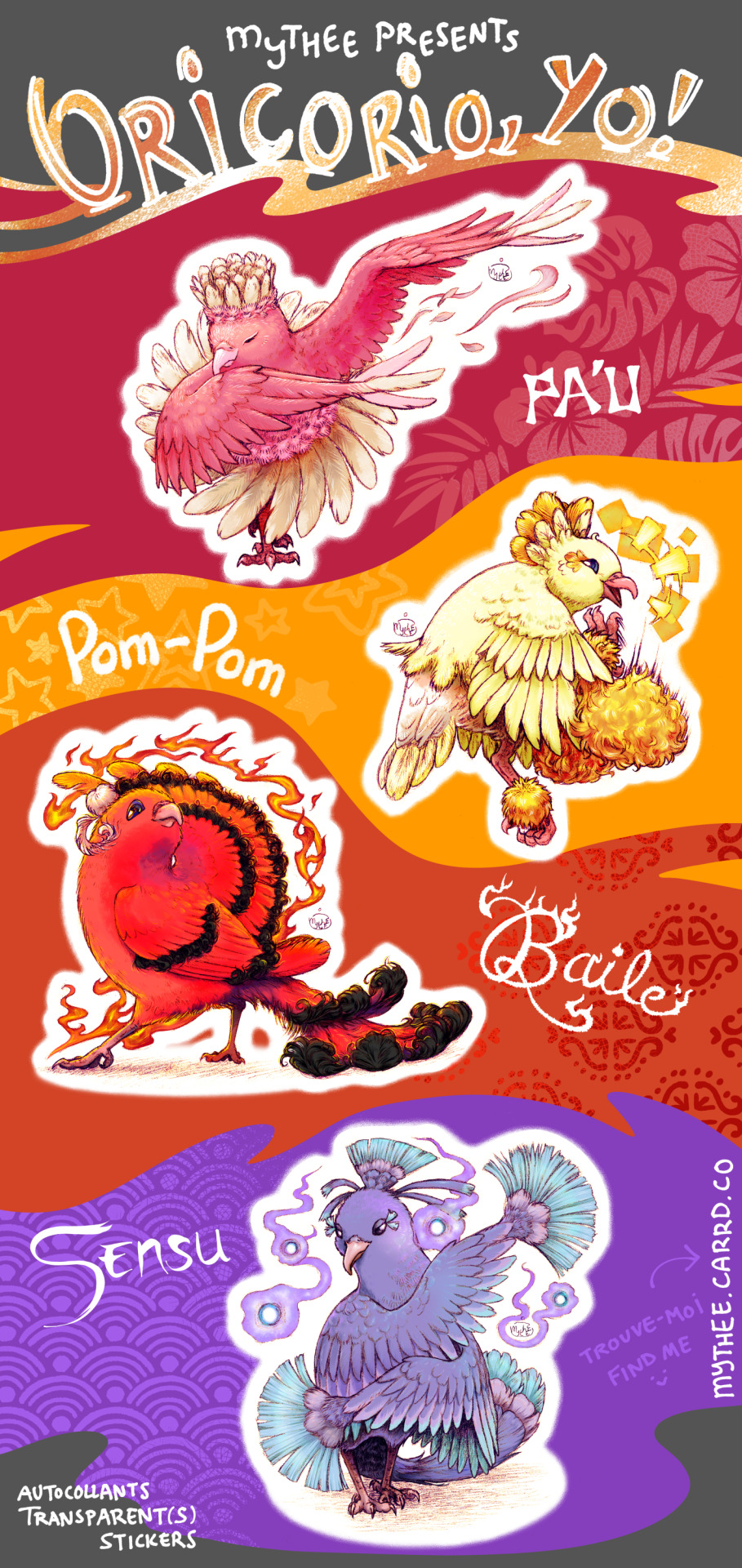
Oricorio has one of my favorite pokemon designs! I made this sticker sheet for boothing at Nadeshicon. You can read up ojn the process here!
By the shore, I greet the day With undulating, gentle sway. A grassy field is the best place To bounce and flip and about-face! Onstage, with heat and passion I stamp my feet and flare my fashion. In petal’s shadow, in garden’s lace I slowly dance with spooky grace.
-Mythee
314 notes
·
View notes
Photo

🪭🪶💜 [pmd-c5 npc]
#illustration#digitalart#pokemon#oricorio#pmd#pokemonoc#pmdoc#sensuoricorio#birdpokemon#flyingpokemon#ghostpokemon#pmdc5#sensu
4 notes
·
View notes
Text
Osaka Maiko with a Fan 1910s

A maiko (apprentice geisha) from Osaka holding a sensu (folding fan).
3 notes
·
View notes
Text
GROWING - NOVA

What's this? One of our Pokemon has grown! Nova from user Thaliawen has grown from a pokemon to a child! Thanks to artist Mewmouse for drawing her into a child!
#gijinka#pokemon#pokemon gijinka#pokemon oc#roleplay#roleplaying#rp#jirachis wish#sensu#oricorio#growing
2 notes
·
View notes
Text




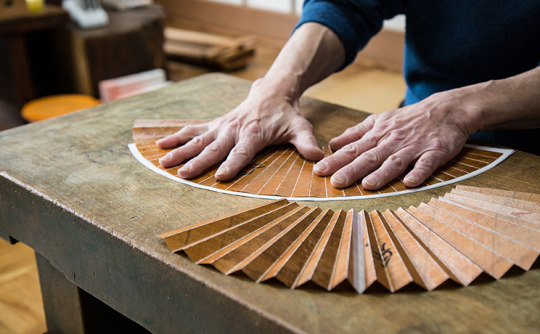

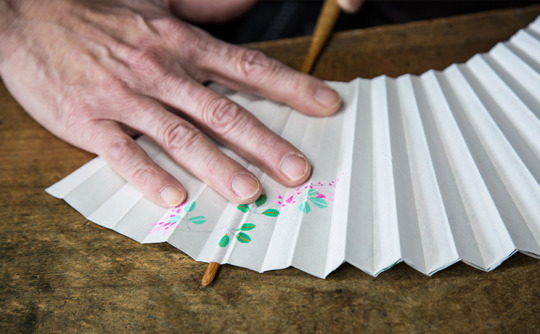

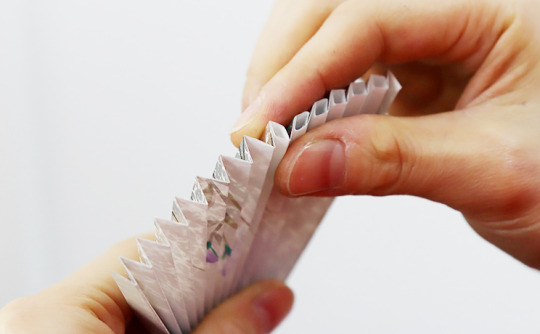

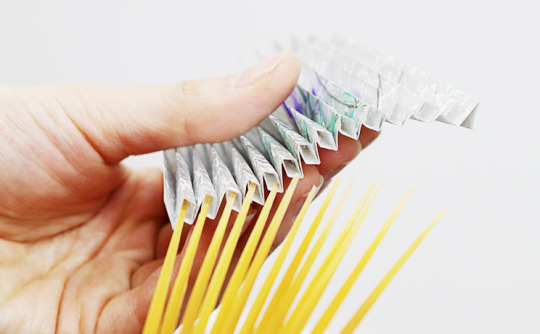

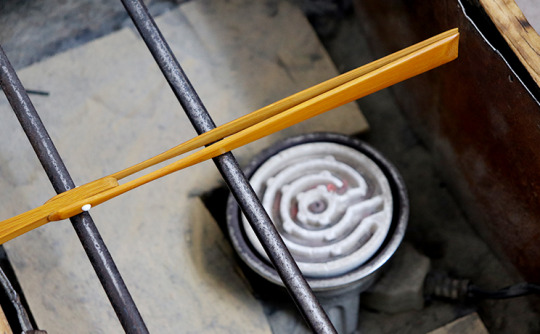
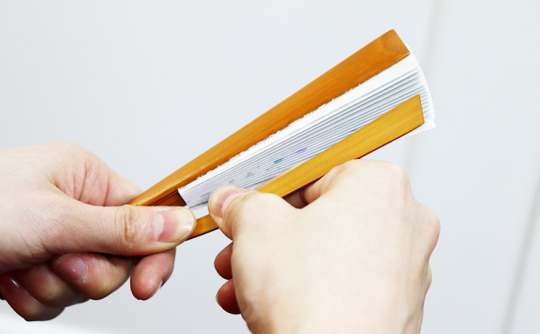
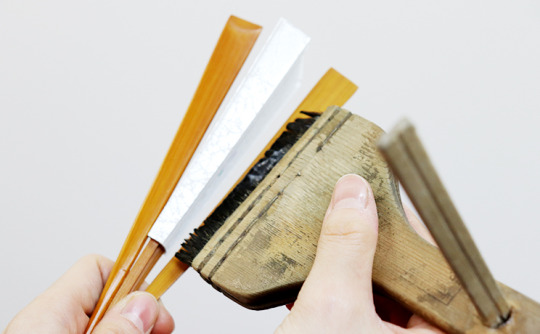

folding fans are said to undergo approximately 88 steps from cutting bamboo to completion, and they are crafted by the hands of multiple artisans. The processes of crafting the frame, paper, painting, and finishing are all specialized tasks. For the creation of the original fan, we entrusted the renowned Kyoto folding fan shop, Hakutiku-do, to produce a custom-made folding fan.
The material that forms the core of the folding fan's structure utilizes young bamboo aged between 3 to 5 years. It is delicately processed into thin pieces, starting the intricate carving and painting stages. The paper for the fan surface is created by cutting three layers of paper with a core in between, sandwiched with washi paper, into the shape of a folding fan.
While typically, each piece of cut paper is individually painted by an artist, the original fan employs paper printed with Hidenobu Suzuki designated colors and arrangement. Subsequently, the printed paper is folded in an accordion-like fashion.
Using two molded templates with grooves, the folded paper is sandwiched between them, and one or two creases are applied, creating pathways for inserting the ribs in the later stages of finishing.
In the final finishing stage, air is blown into the section where the creased paper accommodates the inner ribs, creating holes.
The inner ribs, coated with water-based glue, are then inserted and adhered.
The thicker ribs on both sides, known as the "parent ribs," are heated, bent inward, and glued to the paper, shaping and refining the fan's form.
Thus, an original folding fan is meticulously brought to life through these steps.
Would you like to buy a folding fan that is a traditional Japanese craft?
You will be very satisfied with the beautiful finish.
HIDENOBU SUZUKI PHOTOGRAPHY SHOP 扇子は竹をきるところから仕上げまで約88工程あると言われ、何人もの職人たちの手によって作られています。
骨づくり、紙、上絵、仕上げ、それぞれが分業になっています。
オリジナル扇子制作にあたって、京扇子の名店、白竹堂さんにお願いをしてオリジナル扇子を製作して頂きました。
センスの骨になる材料は、3年から5年の若い竹を使い、薄く細かく加工して細工や塗工程から製作が始まります。
扇面の紙は、芯紙を表と裏から皮紙で挟んだ3枚合わせのものを使用して扇の形に切り抜いていきます。
通常は、切り抜いた紙に絵師が1枚1枚上絵を付けていくのですが、オリジナル扇子は、鈴木秀総の作品を指定した色と配置でプリントした紙を使用して���ます。
その後、プリントが終わった紙を蛇腹状に折る作業を行います。
渋引きをした型紙2枚で紙を上下から挟み、1枚もしくは2枚ずつ折り目をつけ、後の仕上げ工程で骨を差し込む道を通していきます。
最後の仕上げ工程では、折り目をつけた紙の仲骨が通る部分に息を吹き込み穴を開け、水糊をつけた仲骨を差し込み接着します。
親骨とよばれる両側の太い骨は熱して内側に曲げて紙を接着し、形を整えて仕上げていきます。
こうして1本のオリジナル扇子ができるのです。
#photography#japan#hidenobu suzuki#cooljapan#art#photograph#folding fan#sensu#traditional Japanese craft#traditional#traditional art#kyoto
8 notes
·
View notes
Text
Pianeti Olfattivi
#accademia albertina#adjiumi#arsenale nord#arte e cultura olfattiva#arte laguna prize#arte olfattiva#comunicazione olfattiva#cultura olfattiva#curatrice d&039;arte olfattiva#fragrance collection#francesca Casale#niche perfume#parfum de niche#pianeti olfattivi#Profumeria Artistica#scent blogger#scent storyteller#scultura olfattiva#sensu#venezia
1 note
·
View note
Text
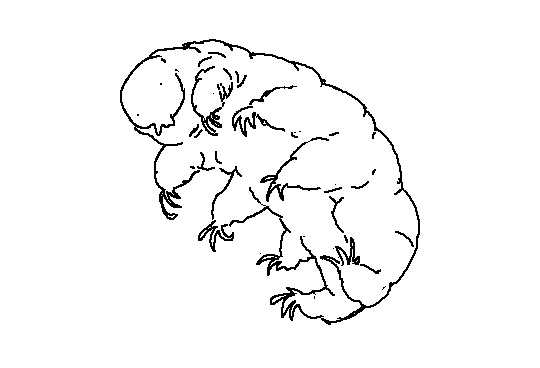
moss piglet
#scribbles#tardigrade#water bear#moss piglet#bug doodles#reminder you can pay me $5 on kofi to draw a bug for you#'bug' sensu lato#btw i am actually working on some higher-effort drawings but still mostly in my lazy digital scribbles phase#bflyart
4K notes
·
View notes
Text
"Już nie mówię tego, co leży mi na sercu. To i tak bez sensu."
- Inercja
#cytaty#samotność#polskie cytaty#cytaty o depresji#notatki samobójcy#bezsenne noce#bezradnosc#bez sensu#beznadzieja#jestem sam#notatki paranoika#nie potrafię
648 notes
·
View notes
Text
Dlaczego mam przepraszać za potwora, którym się stałem? Nikt nie przeprosił mnie za to, że doprowadził mnie do takiego stanu.
#ból psychiczny#ból#mam dość#cierpienie#ból życia#brak sensu#depressing shit#samotność#mysli samobojcze
162 notes
·
View notes
Text

Czemu to jest takie prawdziwe?
#polski cytat#cytaty#cytat po polsku#ból#chce umrzeć#ciecie sie#nie chce cierpieć#nienawidze siebie#jestem głupia#brak sensu#moje mysli#depresjon#jebać życie#motylki blog#nie mam siły#nie dam rady#nie chce być gruba#quotes#depressing shit#nienawidze swojego ciała#nienawidzę życia#mam dość#to the bone#rodzice#complex ptsd#ptsd#pinterest quotes#thank you
103 notes
·
View notes
Text
Sensus Coining Post
[PT: Sensus Coining Post]


[ID: Two rectangular flags that look nearly identical except the second one is a grayscale version of the first one. The flags have six diagonal stripes. The width and colors from leftmost to rightmost stripes of the first flag are: thick dark cerulean, thick teal blue, medium light seafoam green, medium pale mint, thick cambridge blue and thick deep aquamarine. In the center of the flag there is a cambridge blue symbol of a side looking silhouette of a human head with six rays around it. Both the head and rays are outlined twice with dark cerulean and deep aquamarine. As mentioned above the second flag is a grayscale version of the first. End ID].
Sensus: A term describing one's mindset. For when your mindset is or resembles that of [x]. This is not a gender but can be used as a descriptor of one's identity.

[A purple thin line divider shaded at the bottom. End ID].
@radiomogai
#sensus#sensus coining post#mogai#liom#mogai term#liom term#mogai coining#liom coining#liomogai#mogai flag#liom flag#mod domijoyce
164 notes
·
View notes
Text

This is Lady Sensu the Oricorio. She's just summoning the dead with a little dance of hers, no worries 👻
#oricorio#sensu style oricorio#games#mine#pokémon#pokemon#pokémon scarlet and violet#pokemon scarlet and violet#pokémon scarlet#pokemon scarlet#scarlet and violet#pkmn#pkmn sv#pkmn edit#pokegraphic#pokemon edit#pokemonedit#pokemon gif#pokemon gifs#nintendo
153 notes
·
View notes
Text
earthbender zuko would just be shun zuko getting mistaken by a blind potter for his dead grandson and then just. never leaving. he can't break this old man's heart. he ends up learning not only his craft but also a lot of other earthbending tips and tricks from the old man whom he genuinely starts to think of as his grandpa at some point.
(spoiler alert: the old man knows full well zuko isn't his grandson. in fact he doesn't even have a grandson. but the scrawny, clearly starving and definitely abused refugee kid will definitely stick around if he pretends to think otherwise.)
...and then he gets drafted into the earth king's army. well. isn't this ironic.
#at least he makes friends with another teen named sensu. :)#zuko voice: ugh. i just want to go back home to grandpa#zuko: ...oh yeah that kind of *is* my home now. huh.#zuko: azula would make fun of me for that#zuko: ....azula can stuff it actually#earthbender zuko au
115 notes
·
View notes
Text
• 𝕄𝕒𝕞 𝕠𝕔𝕙𝕠𝕥𝕖̨ 𝕝𝕖𝕫̇𝕖𝕔́ 𝕔𝕒𝕝𝕪𝕞𝕚 𝕕𝕟𝕚𝕒𝕞𝕚 𝕨 𝕝𝕠́𝕫̇𝕜𝕦 𝕚 𝕦𝕟𝕚𝕜𝕒𝕔́ 𝕥𝕖𝕘𝕠 𝕤́𝕨𝕚𝕒𝕥𝕒 •
#ból#chce umrzeć#mam dosc#uczucia#smutne#zaburzenia psychiczne#samotność#jebać życie#mam dość#smutny cytat#pustka#ból psychiczny#chce mi się płakać#depresjon#depres#mam depresje#mysli samobojcze#zaburzenia lękowe#psychika#moje mysli#bezsilnosc#brak sensu#brak sił#zycie to kurwa#nienawidze siebie#życie#jestem głupia#jebac wszystko#nie chce cierpieć#ciecie sie
231 notes
·
View notes